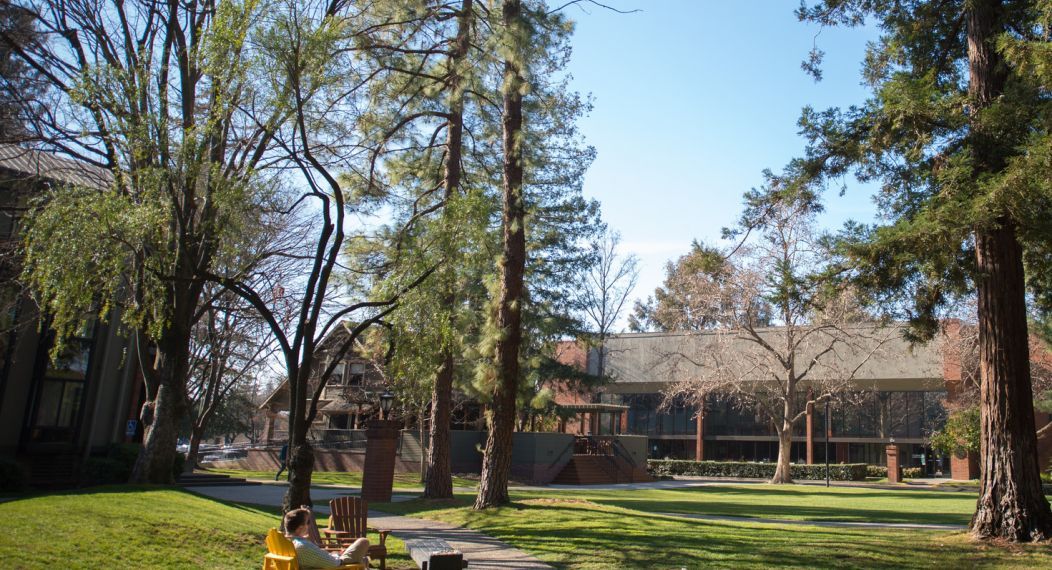F-1 Student Visas
Having a U.S. visa is like having a key to enter the country. You need a valid visa every time you enter the United States. Depending upon the type of visa you use to enter the U.S., you are subject to different guidelines in order to "maintain status" or remain in this country legally. The Graduate and International Programs office guides students through the application for F-1 student visas.
Step 1: Admission — You have been fully accepted into a program of study at the law school.
Step 2: Deposit — You have paid your seat deposit for your program through your portal.
Step 3: I-20 — To apply for an F-1 visa, you will need a SEVIS-issued Certificate of Eligibility for Nonimmigrant (I-20) Students from the school. The Graduate and International Program office will issue the I-20 form upon receipt of your Certification of Finances form.
- LLM Certification of Finance
- Two Semesters: If you are planning to graduate within two semesters, you must register for 12 units each semester and show adequate funding to cover all expenses, such as tuition, fees, books, and living expenses.Please follow this link to fill out the form (refer to pages 5 and 6): 12 Unit Semester Certificate of Finance
- Three Semesters: If you are planning to graduate within three semesters, you need to register for 8 units each semester and show adequate funding to cover all expenses, such as tuition, fees, books, and living expenses for your first academic year. Please follow this link to fill out the form (refer to pages 5 and 6): 8 Unit Semester Certificate of Finance
- JSD Certification of Finance
Step 4: SEVIS Fee — Once you have obtained the Form I-20 from the law school, you will need to pay the required SEVIS fee, get the fee receipt and make an appointment at the embassy/consulate. To pay your SEVIS fee, please go to www.fmjfee.com.
Step 5: Obtain F-1 Visa — You will need to bring the following documents:
- Certificate of Eligibility for Nonimmigrant F-1 Student Status (Form I-20)
- Passport — The passport must be valid for travel to the United States and be valid for at least six months after the date you enter in the United States.
- Proof of necessary funds to cover tuition and living expenses.
- Receipt for the SEVIS payment.
- Any other documents required by your local consular office.
Note: The visa application process and required documents may differ depending upon the requirements of the specific consular office in your home. Please check your local consular office requirements.
Note: Students who are citizens of Canada may obtain their F-1 visas at the port of entry. Canadian students will be required to present their Form I-20, passport and additional supporting financial documents to the U.S. Immigration Inspector at the U.S. port of entry.
Entering the U.S. — You need to present the following documents to an immigration inspector at the U.S. port of entry.
- Certificate of Eligibility for Nonimmigrant F-1 Student Status (Form I-20).
- Passport — The passport must be valid for travel to the United States and be valid for at least six months after the date you enter in the United States.
- F-1 visa.
- Proof of necessary funds to cover tuition and living expenses.
See also
Questions?
Contact Graduate & International Programs
Email | 916.739.7019



